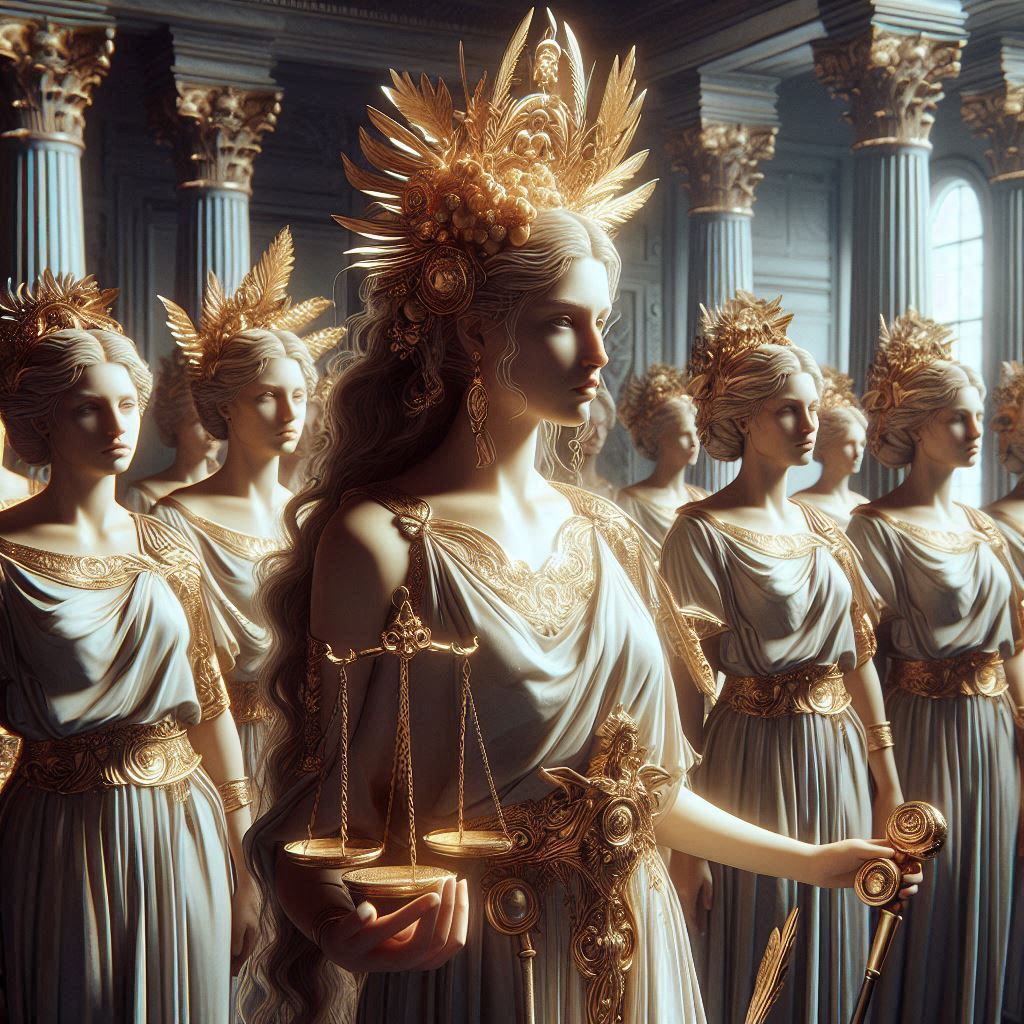Table of Contents
Christmas in Literature: A Celebration of Spirit, Tradition, and Human Connection
Christmas has long been a subject of fascination in literature, a season imbued with themes of renewal, generosity, and human connection. The literary treatment of Christmas is rich and diverse, reflecting cultural traditions, religious symbolism, and the universal longing for warmth and companionship during the darkest part of the year. This essay explores how Christmas has been portrayed in literature, examining its role as a setting, a theme, and a catalyst for moral transformation.

The Origins of Christmas in Literature
Christmas first appeared in literature as a primarily religious celebration. Early texts, such as medieval mystery plays and carols, focused on the nativity story and the theological implications of Christ’s birth. These works emphasized themes of divine love, hope, and redemption, which continued to underpin Christmas literature in subsequent centuries.
In the 17th century, however, the Puritan ban on Christmas in England stifled its literary expression. It was not until the Victorian era, a time when Christmas underwent significant cultural revival, that it began to flourish as a central theme in literature.
The Victorian Revival and Charles Dickens
The Victorian period heralded a new era for Christmas in literature, largely thanks to Charles Dickens. His novella, A Christmas Carol (1843), remains one of the most iconic works of Christmas fiction. Through the transformation of Ebenezer Scrooge, Dickens highlighted the holiday’s moral and social dimensions, emphasizing charity, compassion, and the redemptive power of human kindness.
Dickens’s portrayal of Christmas was both traditional and revolutionary. On the one hand, he drew on ancient customs, such as feasting, caroling, and the giving of gifts. On the other, he used Christmas as a vehicle for social critique, shedding light on poverty, inequality, and the importance of community. His works helped shape modern perceptions of Christmas as a time of goodwill and generosity, transcending religious boundaries to resonate with readers of all backgrounds.
Christmas as a Symbol of Renewal
In literature, Christmas often symbolizes renewal and the possibility of redemption. This theme is evident in works as diverse as Louisa May Alcott’s Little Women (1868) and O. Henry’s The Gift of the Magi (1905).
In Little Women, Christmas serves as a backdrop for the March sisters’ growth and maturation. The absence of material wealth is counterbalanced by the richness of their familial bonds, underscoring the idea that love and selflessness are the true gifts of the season.
Similarly, in The Gift of the Magi, O. Henry uses the Christmas setting to explore themes of sacrifice and love. The protagonists’ mutual acts of giving, despite their poverty, reflect the spiritual essence of the holiday: placing the needs of others above one’s own.
Christmas as a Time of Conflict and Resolution
While Christmas is often depicted as a joyous occasion, literature has also used it as a setting for conflict and resolution. This duality is particularly evident in the works of modern and postmodern authors.
For instance, in Truman Capote’s A Christmas Memory (1956), the holiday becomes a poignant exploration of nostalgia, friendship, and loss. The bittersweet narrative highlights the fragility of human connections and the fleeting nature of happiness, contrasting the warmth of shared traditions with the inevitability of separation.
Similarly, in J.R.R. Tolkien’s Letters from Father Christmas, written for his children over several decades, Christmas becomes a canvas for imaginative storytelling. These letters, filled with humor and whimsy, reflect a deep commitment to preserving the magic and wonder of the holiday, even amid the backdrop of world wars and personal challenges.
Christmas in Poetry
Poets, too, have been captivated by the spirit of Christmas. From Christina Rossetti’s In the Bleak Midwinter to W.H. Auden’s For the Time Being: A Christmas Oratorio, poetry has explored the season’s emotional and spiritual dimensions.
Rossetti’s hymn-like poem captures the austere beauty of winter while meditating on the simplicity of Christ’s birth. Auden’s work, by contrast, reflects on the tension between the sacred and the mundane, addressing the challenges of sustaining faith and joy in a complex, modern world.
Conclusion: A Universal Celebration
Christmas in literature is more than a reflection of cultural traditions; it is a mirror of humanity’s highest aspirations and deepest fears. Whether as a symbol of redemption, a setting for familial warmth, or a backdrop for existential reflection, Christmas continues to inspire writers across genres and generations.
Through its rich tapestry of stories, Christmas reminds us of the enduring power of love, compassion, and hope. In a world often divided by conflict and hardship, the literature of Christmas calls us back to our shared humanity, urging us to embrace the spirit of the season not just in December, but throughout the year.


No responses yet